Puerto Escondido, MEXICO
CHAPTER II - ACTION-ORIENTED
While it may seem obvious you're lacking time for a certain important activity of your to-do list, more often than you think you'll be actually lacking mental availability for deciding something about it. Special attention to this has been fostered by many experts, namely by David Allen's worldwide famous question: "what's the next action?". In fact, an "action-oriented" approach makes it a whole new game.
As we've seen briefly, mental resources used in decision making processes and those used in executing tasks aren't the same.
In the first case - deciding - you'll be projecting possible scenarios, evaluating each option. Like neuroscientist António Damásio explained, emotions play an important role in the process. You'll be evaluating options based on the experience of what went right or wrong in your past. Based on what emotions resulted from previous options, judgements and even regrets. Patterned heuristics are constructed throughout that constant learning process.
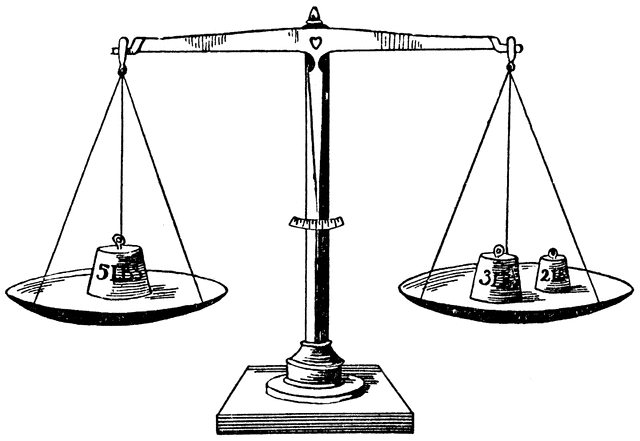
Some fears can be excellent examples of those heuristics. Maybe you almost drown yourself when you were a kid and now you hate pools and never go into the ocean for a swim. That will shortcut your decision process around water. Or maybe a risky investment went wrong in the past and now you tend to play it safe, just in case.
At the same time you're doing all this backtracking, you also consider more abstract "rational" tangible metrics from the information available. There's a lot more to be told on this subject but, for the purpose of our discussion here, it's enough to say that in a fairly simplified version you compute decisions by projecting and evaluating optional scenarios.
In the second case - executing - you'll be basically moving your body towards a goal. Of course this may require highly specialized movements, like talking, writing , reading, even walking, but basically that's it. As long as you've decided what you want to say, chosen the book to read, or know where you're going, it's just a matter of moving very well trained parts of your body so that some interaction happens with the outside physical world.
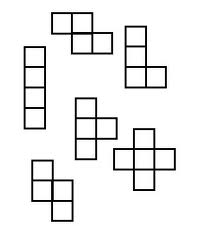
You'll be also taking some micro-decisions in the middle of that, like choosing words, turning pages, or how you will avoid colliding with the person coming in the opposite direction (left or right?), but that will activate a different level of resources from what was mentioned in the first case. They'll mostly require a fairly intuitive area of your mental "performance". If you get quite proficient playing Tetris, for example, soon enough the micro-decisions required - spatial reasoning, critical thinking, planing of complex coordinated movements, and others - will be growingly hardwired in a smaller dedicated part of the brain, very efficiently specialized.
In terms of mental resources, micro-deciding where to put a Tetris piece in the puzzle in a fraction of a second is quite different from deciding to buy house A or house B, or even deciding to play Tetris instead of doing something else.
Introducing The General and The Robot

Now imagine you have two independent selves inside you matching the presented distinction of mental resources: one decides and the other executes.
In this hypothetical scenario, let's assume the first self is an expert in evaluating options and deciding what should be done, but is totally unable to move an inch to accomplish even the simplest task. Let's call him The General.
On the other hand, the second self has no brain. He can't make any decisions whatsoever, he's just a machine, but incredibly effective if you tell him exactly what you want him to do! Let's call this one The Robot. You can send him to the supermarket with a list, but don't expect him to chose which brand of spaghetti he should bring. It must be pre-decided.
Is your to-do list "doable"?
The first step is to take this academic approach to yo
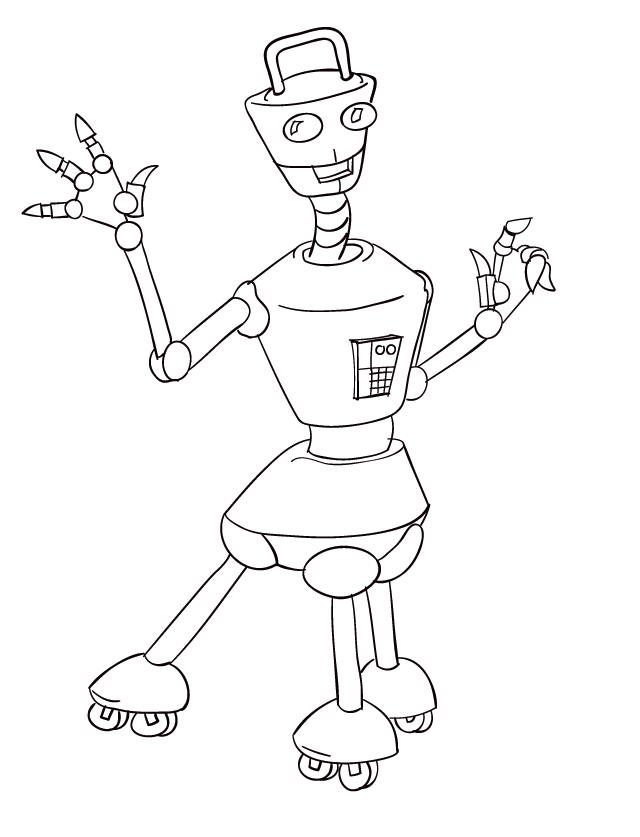 ur to-do list. Make two separate lists from it. One for the General to decide and another for the Robot to execute. It's like you have a to-do list and a to-decide list. The challenge is: can you turn all the General items into Robot items? Don't worry if a single action won't be enough to conclude the issue in question. For now, just focus on determining the first executable step for the Robot to accomplish. See the trick for further experiments.
ur to-do list. Make two separate lists from it. One for the General to decide and another for the Robot to execute. It's like you have a to-do list and a to-decide list. The challenge is: can you turn all the General items into Robot items? Don't worry if a single action won't be enough to conclude the issue in question. For now, just focus on determining the first executable step for the Robot to accomplish. See the trick for further experiments.Welcome to action-oriented world! We're only beginning...
On my next article, I'll be talking about how these different mental resources can be productively used to improve conclusiveness.
Until then, try a TRICK!...
Gonçalo Gil Mata
www.WhatsTheTrick.com
NOW TRY A TRICK!...
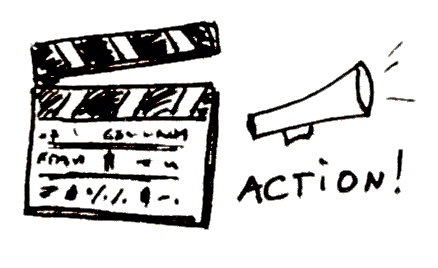
|T| Use verbs in your to-do list...>>
see more TRICKS - vote and comment on them!



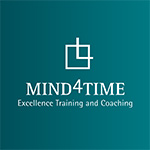

It's nice to hear from you again :)).